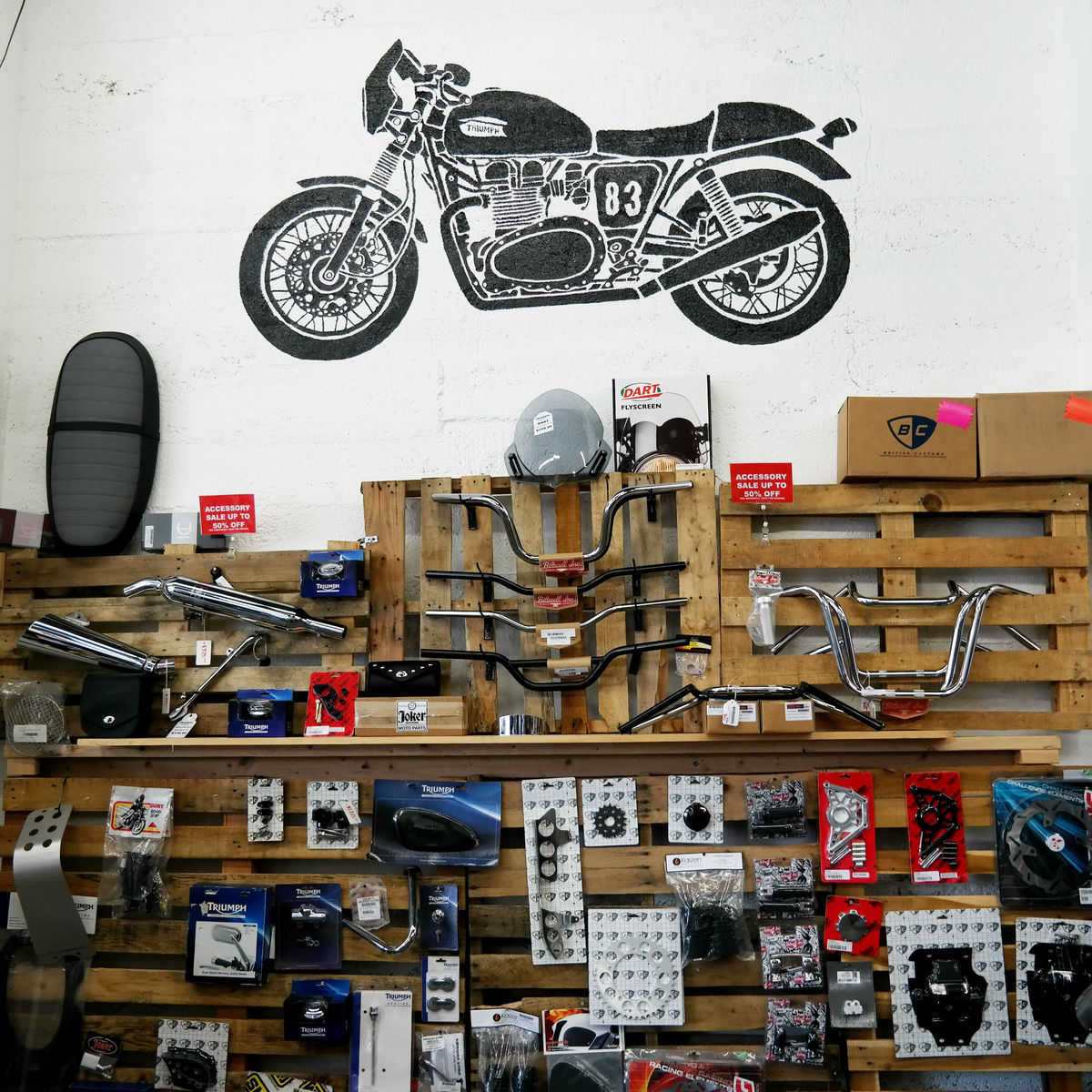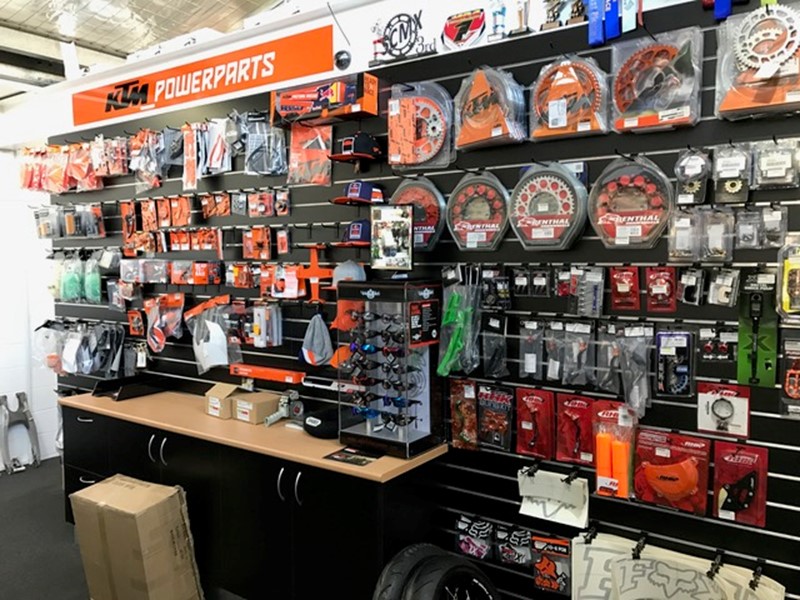Mastering Bike Gears: Just How to Maximize Your Riding Experience
In the world of motorcycling, mastering the art of equipment manipulation is critical for enhancing your riding performance. Properly making use of and understanding bike gears can substantially impact gas, control, and velocity performance, changing an average trip right into a seamless, exhilarating journey.
Recognizing Gear Mechanics
Just how do the intricacies of gear mechanics influence motorbike performance? At the core of motorcycle dynamics, gear auto mechanics play a crucial role in transforming engine power right into activity, inevitably determining rate and control. Gears, diligently crafted parts, permit cyclists to maximize torque and rate, making sure a smooth shift with different terrains and speeds. The gear ratios, thoroughly designed, identify the relationship in between engine changes and wheel turns, influencing acceleration and fuel efficiency.
Recognizing equipment mechanics starts with acknowledging the importance of the gearbox, which houses multiple equipments of varying dimensions. These gears interact with a process called meshing, where teeth of different gears engage to send power. The precision of this communication is important; any imbalance or damage can cause inefficient power transfer, hindering efficiency. Additionally, the setup and dimension of gears affect the motorcycle's ability to deal with different tons and rates.
Additionally, the principle of gear moving is indispensable to optimizing efficiency. Prompt and smooth changes guarantee that the engine operates within its optimum power band, protecting against unneeded strain and boosting durability (moto parts nz). By comprehending these mechanical details, riders can achieve a harmonious blend of efficiency, control, and power, elevating their riding experience
Timing Your Shifts
Shift timing mastery is vital for maximizing bike efficiency and enhancing the riding experience. Correctly timed changes make sure that the engine runs within its ideal power band, which is critical for keeping control, attaining smooth velocity, and making certain the longevity of the motorbike. Bikers need to establish an user-friendly sense of when to shift gears, which involves recognizing the connection between engine revolutions per minute (RPM) and rate.
To understand change timing, pay attention to the engine's sound and feel, as these provide important clues about when to transform gears. The optimal shift factor commonly takes place when the engine comes close to the top variety of its power band without reaching the redline. Shifting also early can cause a lack of power, while changing as well late may create unnecessary engine stress
Additionally, road problems and riding design influence shift timing. In comparison, throughout freeway riding, less shifts at greater rates can be much more ideal.
Enhancing Gas Efficiency
While grasping bike gears is vital for efficiency, enhancing fuel effectiveness is just as vital for both environmental and financial factors. Optimal fuel usage not just minimizes functional expenses yet additionally minimizes the environmental footprint of riding. To accomplish this, one have to understand the elaborate connection in between equipment selection and engine efficiency.
Firstly, picking the appropriate equipment at ideal speeds can substantially affect gas intake. Riding in a greater equipment at reduced rates can result in engine carrying, which is destructive to both gas economy and engine health. Conversely, riding in reduced equipments at broadband causes unneeded fuel usage. Thus, maintaining an optimal balance by changing equipments abreast with roadway conditions and anticipated maneuvers is necessary.
In addition, routine maintenance plays a pivotal duty in fuel efficiency. Guaranteeing that the motorcycle is well-tuned, with tidy air filters and appropriately pumped up tires, can lower and improve aerodynamics gas waste. Additionally, taking on a riding design that embraces progressive velocity and smooth deceleration can add to much better gas economic situation.

Methods for Smooth Transitions
Achieving smooth equipment transitions is basic to improving the riding experience and ensuring the long life of a motorcycle's transmission system. Appropriate gear moving not just adds to a smooth ride however additionally reduces damage on the mechanical components. To understand the art of smooth transitions, bikers must concentrate on a couple of key methods.

Secondly, recommended you read clutch control plays an essential role. Involving and disengaging the clutch smoothly calls for method. The clutch bar need to be released slowly, permitting a smooth transfer of power from the engine to the wheels without causing a jolt or abrupt movement.

Adapting to Roadway Conditions
Navigating diverse roadway problems is a critical skill for any type of motorcyclist aiming to maintain control and safety. Whether you're riding on damp surface areas, crushed rock roadways, or browsing doglegs, your capability to adapt your gear use and riding strategy is paramount. Recognizing exactly how to adjust your equipments suitably can substantially affect grip and stability, ensuring a more secure trip.
In comparison, when riding on crushed rock or irregular terrain, reduced gears are more effective. Lower gears give much better control and permit you to react more quickly to unanticipated modifications in the roadway surface.
Sharp curves require accurate equipment management to balance rate and control. Downshifting prior to going into a curve can aid maintain momentum check here while ensuring the motorbike remains steady throughout the turn. Consistent method in diverse conditions improves your capability to predict and react to adjustments in road appearance and incline.
Final Thought
Understanding motorcycle gears substantially boosts the riding experience by improving velocity, fuel, and control performance. An extensive understanding of equipment technicians and specific change timing ensures the engine operates within its ideal power band, while smooth shifts through efficient clutch and throttle sychronisation rise convenience and efficiency. Adjusting equipment choice to different roadway conditions, such as making use of higher equipments on damp surface areas and reduced gears on crushed rock, additional improves handling and safety and security. Eventually, these abilities raise the general trip.
Comprehending gear mechanics starts with identifying the significance of the transmission, which houses numerous equipments of varying dimensions. These equipments communicate through a procedure understood as meshing, where teeth of different equipments engage to transmit power (moto parts nz). Gentle adjustments to the throttle during equipment shifts can prevent jerky activities and preserve a regular riding speed
Whether you're riding on wet surface areas, gravel roadways, or navigating sharp turns, your capacity to adapt your equipment use and riding method is paramount. Adjusting gear option to various roadway conditions, such as making use of higher equipments on wet surfaces and reduced gears on crushed rock, additional boosts handling and safety.